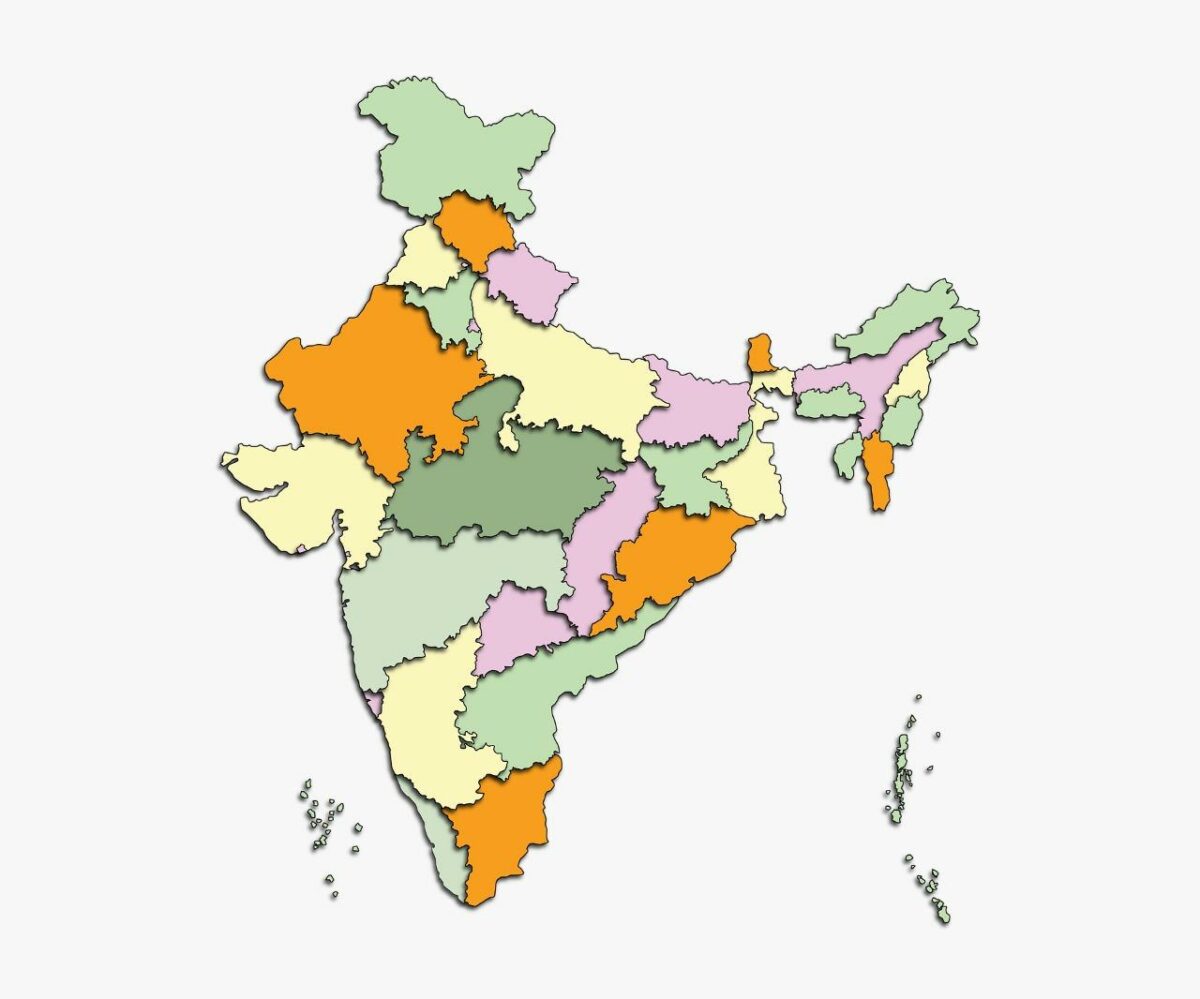Diversity is the core characteristic of Indian subcontinent, which is also reflected in the languages and the dialects spoken here. There is a notable proverb regarding it, which is like this, ‘Kos-Kos par badle pani, kos-kos par vani’*. It means that water and languages/dialects change its form slightly at every Kos (3 kilometer). This single proverb is sufficient to underline India’s linguistic diversity. Even, Languages shape the state affairs in our country to some extent. It is a fact that boundaries of some Indian states and territories have been reorganized along linguistic lines and some states came into existence on the basis of the dominant language of that region. However, it does not imply that only a single language is spoken in a particular state. We may take Gujarat as an example. Gujarati is its official language, but different dialects are used as a means of communication region-wise here. For example, Kathiawadi is spoken in Saurashtra region, while the Bhili is the language of tribal living in the region. Apart from it, Sindhi, Marathi, and many more languages are spoken here. The same case is with other states, where different languages and dialects are spoken region-wise along with their official language.
Significance of localization for regional audiences
India is a fast growing economy, whose contribution to global GDP growth is about 15 percent. If you want to gain good profit out of Indian market, you have to localize your business content in Indian languages. According to the recently launched KPMG and Google report, till 2021 in our country, the number of those individuals is estimated to touch 536 million marks who use any Indian language for the purpose of searching and surfing on the internet. In other words, we are pointing to the large chunk of the target audience, who prefer to consume content in their own language on the internet.
Ignoring such number of audience is not possible
There is a question. Would you afford to ignore such a large chunk of audience? Your answer will be probably NO. However, it is true that most Indians know the value of English and try their best to get authority on this language. No doubt, professional needs may be the inspiring force behind it. But, the same users give priority to their own language, when it comes to search detailed information about any products and services on the internet.
Local language appeals regional audiences
The objective of localization in Indian languages is to convey the essence of the message to the target audience correctly and explicitly. For example, if we use a slogan in English to introduce our brand, it will be fine for the English speaking masses. They will get the message aptly and might like it. But, if we apply the same in the case of any Indian states, like the people of Tamilnadu, It might not work so effectively. Also, merely translating the English slogan into Tamil would not serve the purpose. It is to be designed and organized as per the dialect and the culture influencing the masses there, then people might connect to our product. Here, the role of localization becomes significant. Besides these, trust is a deciding factor for your success story. Trust in the products and the services offered by you play an important role in making your business success. This trust builds only when target audiences get a clear understanding regarding what is your business about, what benefit they will get if use your product and services and what is your USP. These types of information can be provided to them only in their own (local) language and here, localization assumes great significance.
Are the brands focusing on the localization for regional audiences?
Its answer is, YES. There are some examples to suggest that major multinational brands are using the power of localization to attract customers:
– Pepsico is labeling its products in regional languages in order to magnetize local customers.
– Coca cola have prepared a plan to localize its 2/3 product portfolio.
– Video streaming platform, Amazon prime video has included regional languages in its user interface.
Localization is paramount
It is clear from the above points that if you want to have the maximum benefit out of Indian market, then you cannot bypass the localization. The main reason behind it is that regional audiences prefer to consume content in their own language. Apart from it, attachment with language also attracts consumers towards those products and services whose information is available in their local languages. So, if you want to establish yourself in the market, then localization keeps paramount importance for you.
April 27, 2021 — magnon
